These Truths Will Break Your Heart
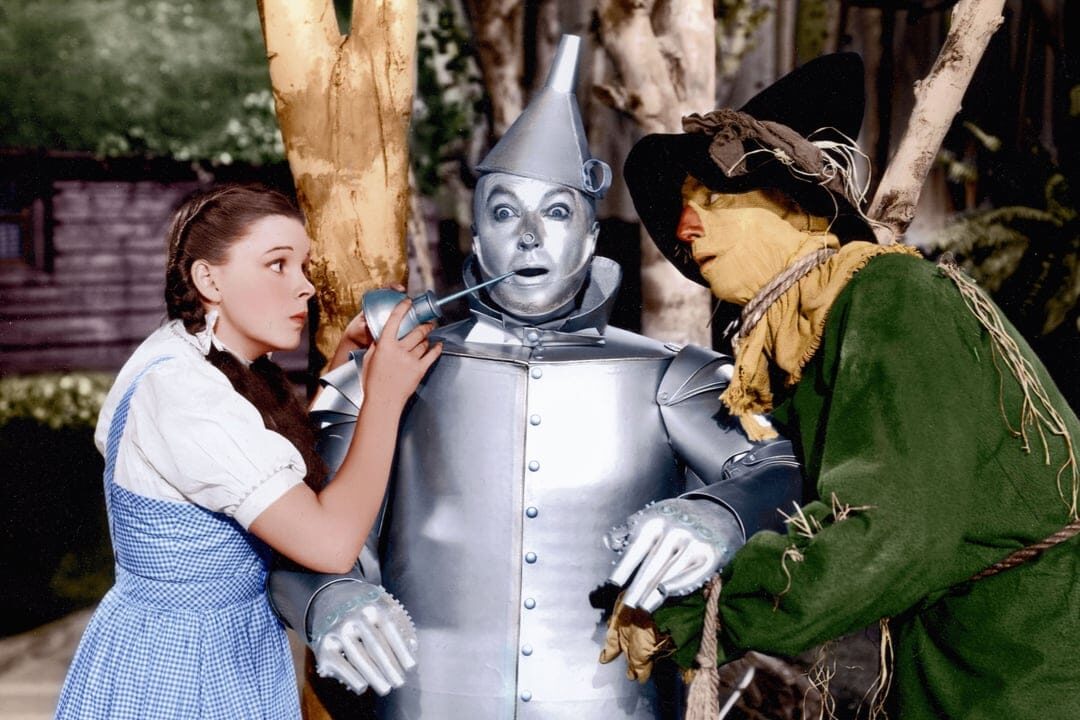
The Wizard of Oz feels timeless with its dazzling colors, unforgettable songs, and magical characters. But behind the cheerful story, the making of the 1939 classic was filled with accidents, painful mistakes, and troubling studio practices. Here are some of the shocking truths that reveal just how dangerous life was behind the curtain in Oz.
1. Judy Garland Fed Pills
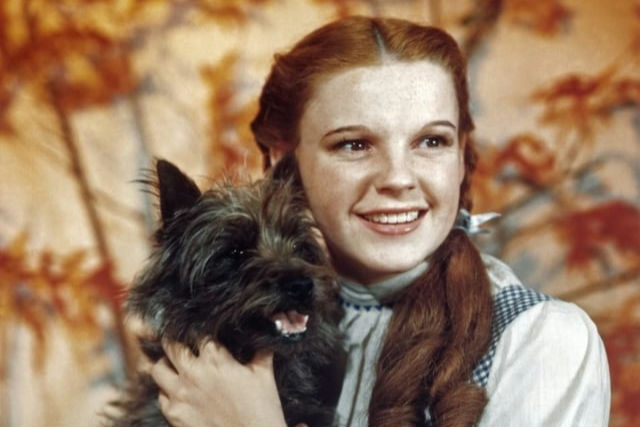
At just 16 years old, Judy Garland was already facing extraordinary pressure from MGM executives. They insisted she remain slim for the role of Dorothy, placing her on a restrictive diet that left her hungry and exhausted. To keep her going during grueling filming schedules, she was given amphetamines to stay awake and barbiturates to force her to sleep afterward. This dangerous cycle of drugs started on The Wizard of Oz and carried into her adult life, contributing to her struggles with dependency and declining health. The fact that a teenager was treated this way highlights the darker side of Hollywood’s control over its young stars.
2. The Wicked Witch Catches Fire
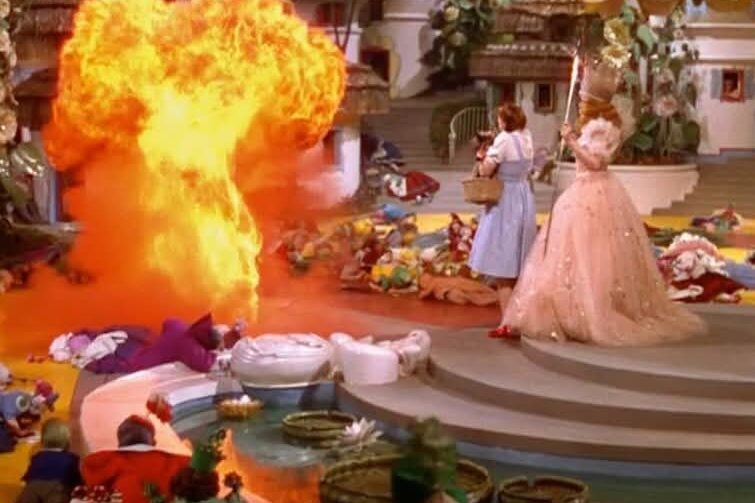
Margaret Hamilton, who played the Wicked Witch of the West, endured one of the most frightening on-set accidents in Hollywood history. During a scene where she was supposed to vanish in a cloud of smoke, the trapdoor malfunctioned and the pyrotechnics went off too early. Her green copper-based makeup caught fire, burning her face and hands severely. Hamilton spent weeks in the hospital recovering from second- and third-degree burns, and when she returned, she made the studio promise she would never again perform scenes involving fire. It was a terrifying ordeal that showed just how unsafe practical effects could be at the time, especially for actors who were often left unprotected.
3. The Witch’s Stunt Double Injured Too
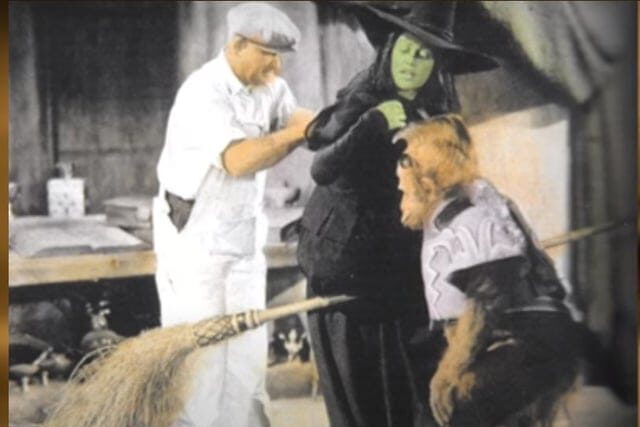
After Hamilton refused to risk her safety again, MGM hired a stunt double to handle the more dangerous pyrotechnics. Unfortunately, the precautions didn’t help much. During another fiery explosion, the double was badly injured, suffering painful burns of her own. Rather than halting the production or reevaluating the safety measures, the studio simply pressed forward, insisting the scenes be completed. This chain of accidents gave rise to a chilling reputation that the role of the Wicked Witch carried an unlucky curse, leaving both the lead actress and her double scarred by the hazards of the set.
4. The Tin Man Almost Died
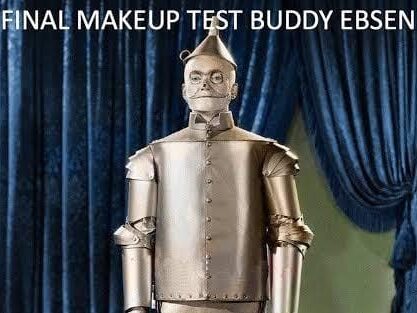
Buddy Ebsen, the original actor cast as the Tin Man, nearly lost his life because of the makeup designed to make him look metallic. MGM’s makeup artists used aluminum powder applied directly to his skin, which he inevitably inhaled. The powder coated his lungs, causing them to swell and nearly shut down. Ebsen was rushed to the hospital and spent weeks recovering in critical condition, struggling to breathe. He was ultimately forced to drop out of the production, replaced by Jack Haley. Even after leaving the role, Ebsen reported long-term breathing problems for the rest of his life, a haunting reminder of how carelessly dangerous the makeup methods were in Hollywood’s golden age.
5. Jack Haley Wasn’t Safe Either
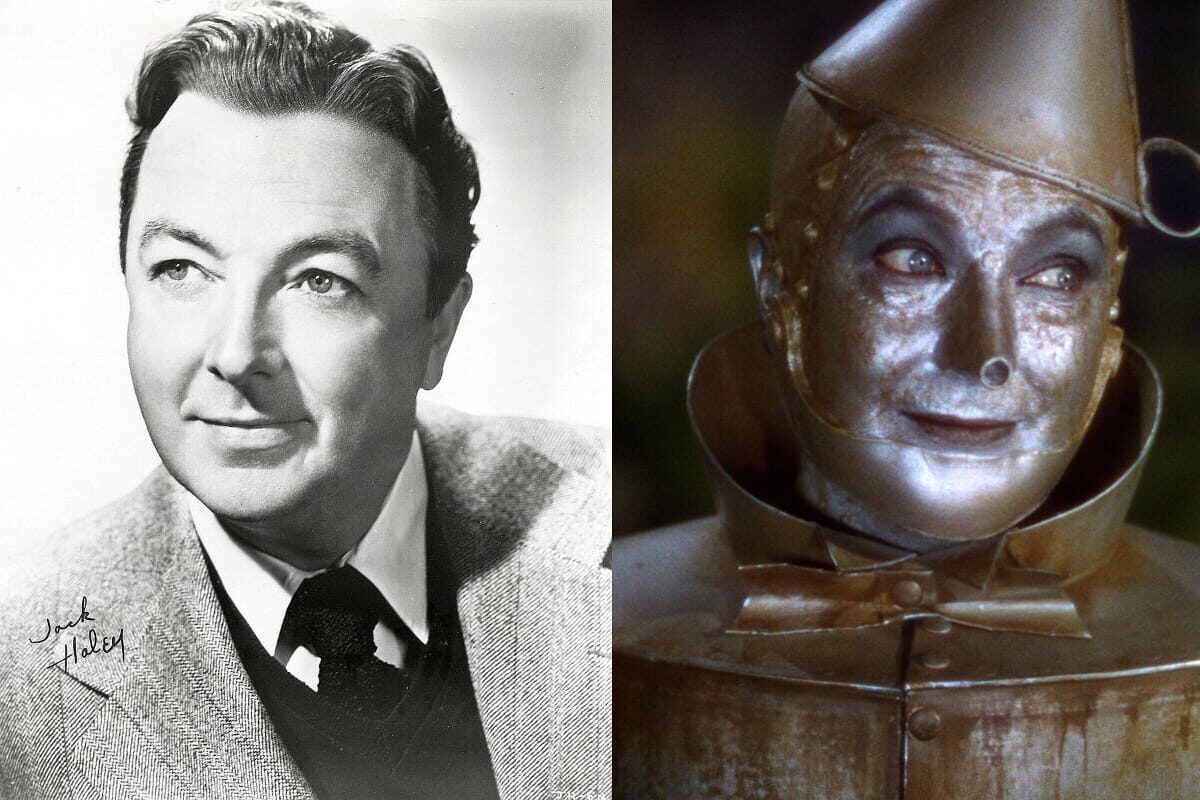
When Jack Haley stepped in to replace Buddy Ebsen as the Tin Man, the studio promised the new makeup was “safer.” Instead of aluminum dust, they switched to an aluminum paste that covered his face. While it didn’t poison his lungs, the paste brought its own misery. Haley developed painful eye infections, leaving his eyes swollen and nearly shut during filming. For an actor expected to show lively expressions and perform under hot lights, this was a serious burden. Though he managed to complete the role, the infections were so severe that he needed ongoing treatment, proving that even the supposed fix to the Tin Man’s makeup came at a dangerous cost.
6. The Lion Costume Was Real Lion
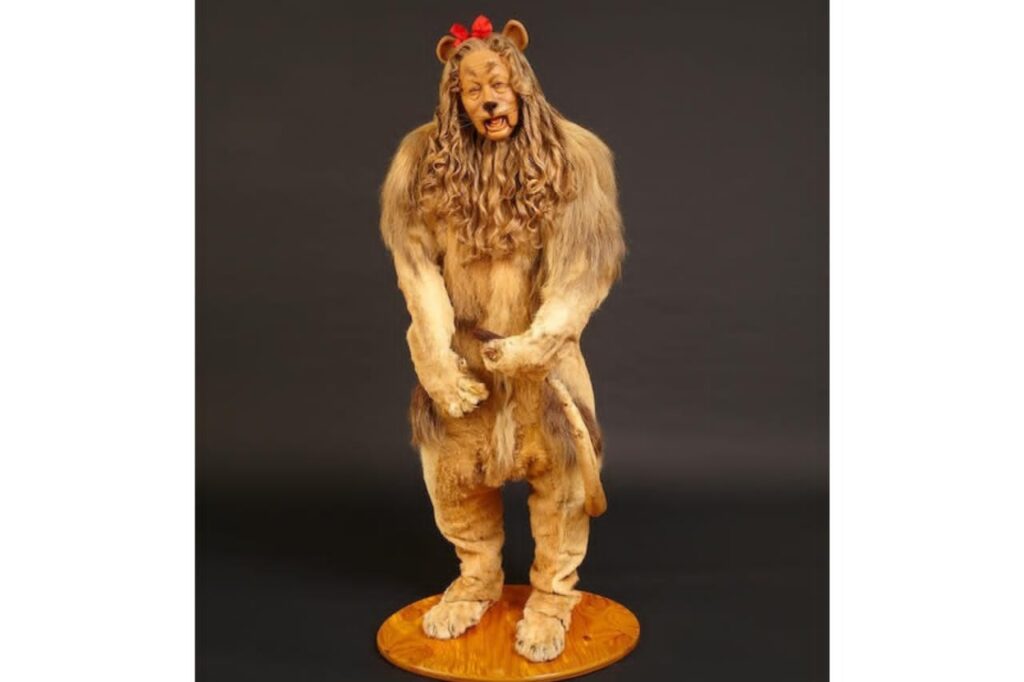
Bert Lahr’s Cowardly Lion may have been a character designed for laughs, but wearing the costume was no joke. The suit was made from real lion pelts, and it weighed close to 90 pounds. Under the intense studio lights, which reached extreme heat to keep the Technicolor process working, Lahr would sweat heavily, and the costume became unbearably hot. It had to be dried out each night to prepare for the next day’s shoot. Lahr often fainted from exhaustion, but the studio kept pushing forward. Though the costume looked convincing on screen, it came at the cost of real discomfort and risk for the actor inside it.
7. Flying Monkeys Crash
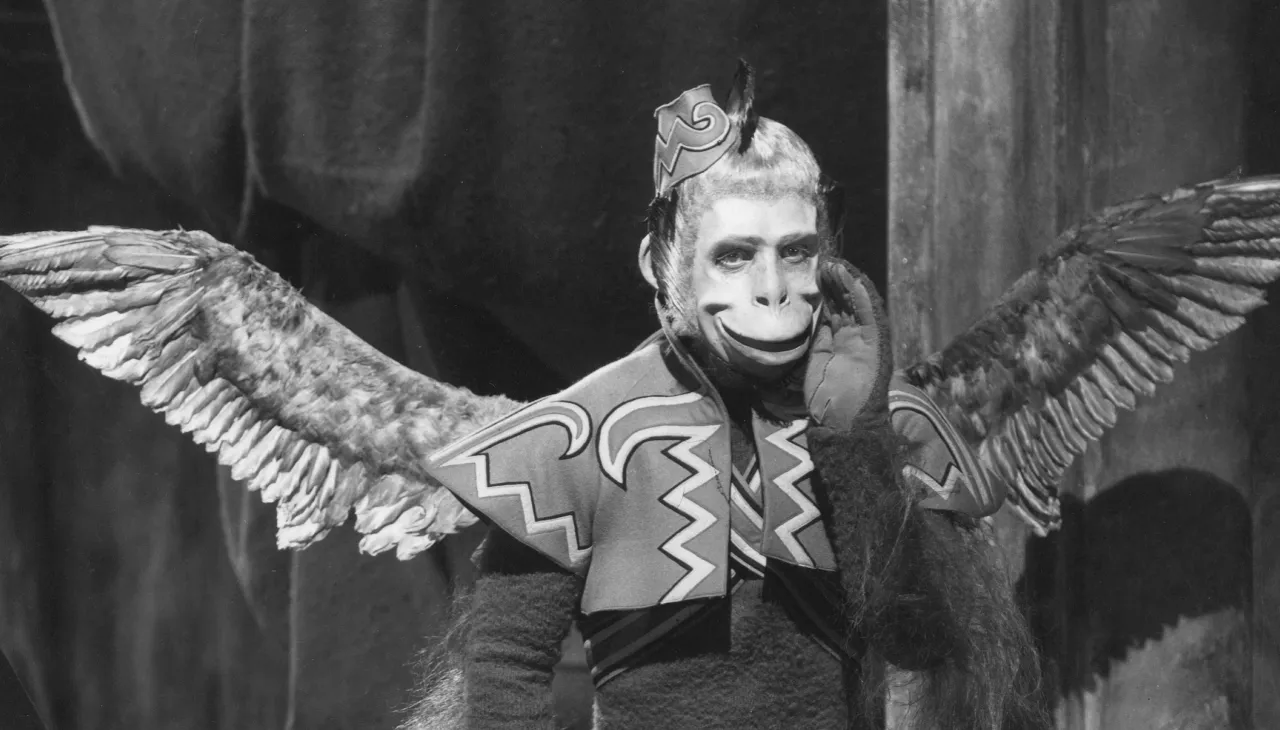
The flying monkey scenes may look magical, but they were among the most hazardous moments filmed. Stuntmen were strapped into heavy costumes and suspended by piano wires to simulate flight. Under the heat of the lights and the strain of repeated takes, some of the wires snapped, sending performers tumbling hard to the stage floor. Several men suffered broken bones and concussions, yet the production forged ahead, treating injuries as an unfortunate but acceptable risk. The danger hidden beneath the playful appearance of the monkeys revealed just how little regard there was for the safety of those working behind the spectacle.
8. Judy Garland Slapped on Set
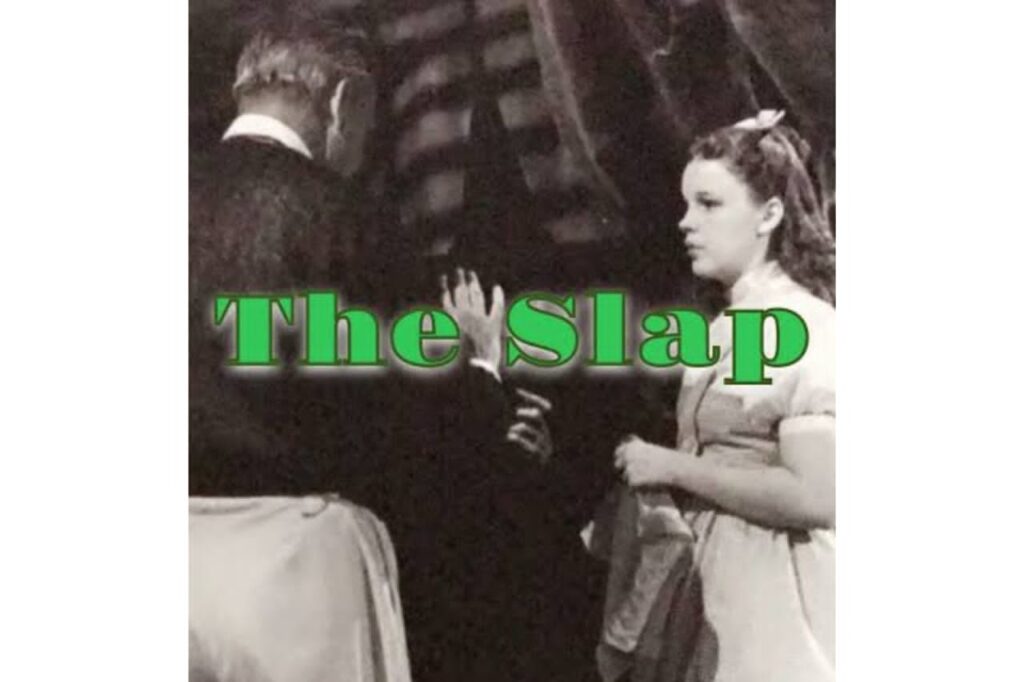
The treatment Garland endured went beyond strict diets and long hours. During one scene, when she couldn’t stop giggling after repeated takes, director Victor Fleming lost his temper. To get her back on track, he slapped her across the face before telling her to start again. By today’s standards, this kind of behavior would never be tolerated, but at the time, it was accepted as a way to enforce discipline. For Garland, already under constant stress, moments like this added to the emotional toll of working on the film, showing how little care was given to the wellbeing of even the youngest cast members.
9. Garland Harassed by Munchkin Actors
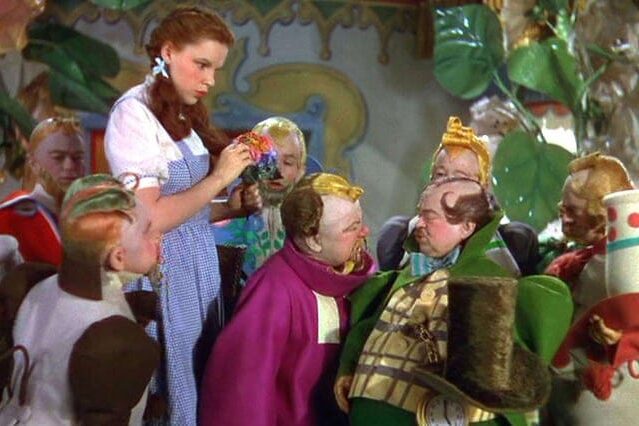
Garland later revealed in interviews that some of the actors playing Munchkins made inappropriate comments and harassed her on set. At just 16, she was surrounded by adults, some of whom were said to have been drinking heavily and behaving rowdily during breaks. While MGM downplayed these accounts at the time, other cast members later confirmed that the atmosphere was often unruly and uncomfortable. For Garland, already struggling with pressure from the studio and the demands of her role, the harassment only deepened the sense that her time on Oz was far from the magical experience audiences imagined.
10. The Yellow Brick Road Was Toxic
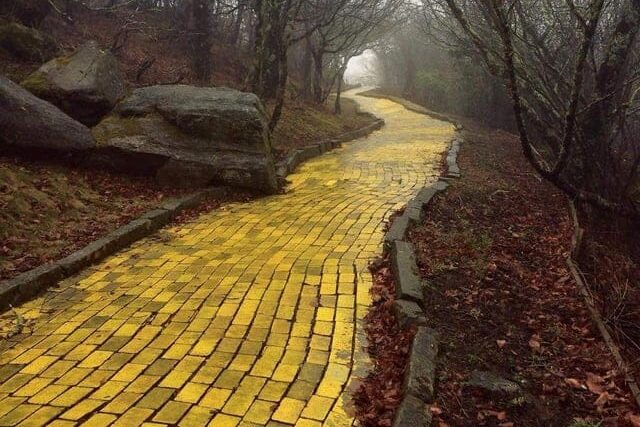
The Yellow Brick Road is one of the most iconic parts of The Wizard of Oz, but it was not as harmless as it looked. The road’s surface was treated with industrial-grade paint that contained lead-based chemicals. Under the strong heat of the stage lights, the paint gave off fumes that cast and crew breathed in day after day. At the time, the dangers of lead exposure weren’t fully understood, and the studio considered the materials safe enough to use. In reality, the actors and crew were unknowingly put at risk while working on what appeared to be a cheerful, colorful set.
11. The Snowstorm Was Asbestos Too
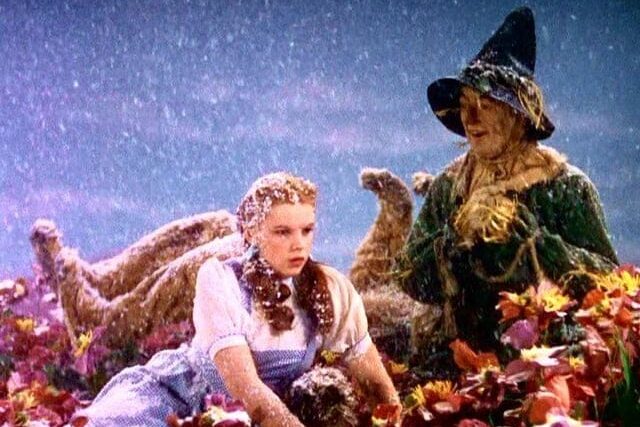
One of the most magical-looking scenes in The Wizard of Oz comes when Dorothy and her friends are dusted with snow in the poppy field. But instead of soap flakes or harmless fake snow, the studio used raw asbestos fibers, which were widely sold at the time as Christmas decorations. None of the actors knew that asbestos was toxic and could cause serious lung diseases, including cancer. Judy Garland, Ray Bolger, Bert Lahr, and Jack Haley all breathed it in during filming. What looked like a beautiful, dreamlike snowfall was actually one of the most dangerous exposures the cast ever faced.
12. The Scarecrow’s Mask Was Dangerous
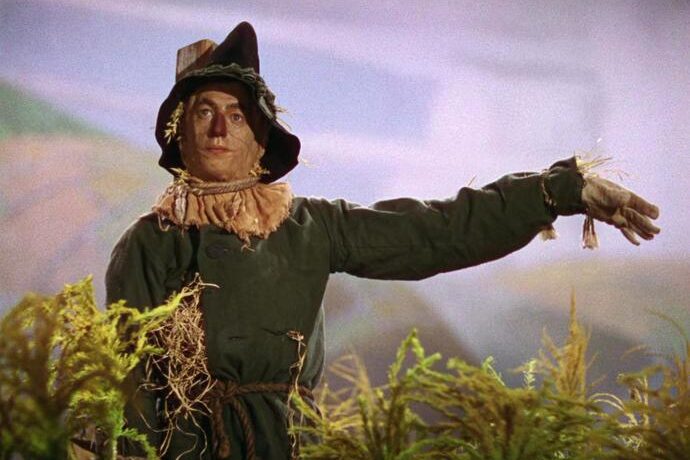
Ray Bolger’s Scarecrow costume might have looked soft and floppy on screen, but it caused real pain for the actor. The mask was made of heavy rubberized material that was glued tightly to his face, leaving him with little room to breathe. After long shooting days, the adhesive left his skin raw and irritated. In later interviews, Bolger admitted that the mask caused permanent marks on his face, especially around his mouth. It’s a reminder that in the early days of film, makeup and prosthetics often relied on crude materials that sacrificed the actor’s comfort and safety for the sake of appearance.
13. Tin Man’s Axe Was Blunt, But Deadly
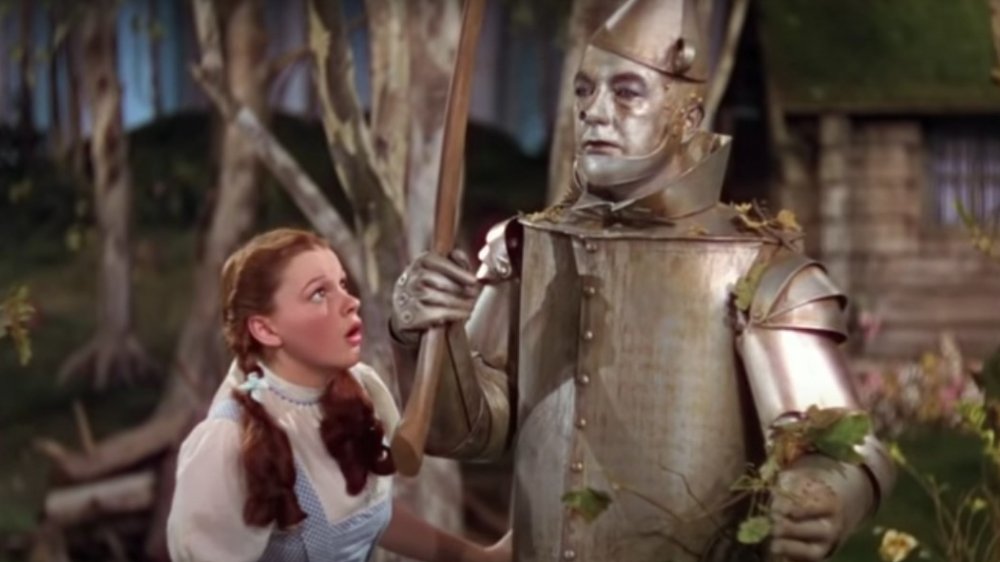
The Tin Man’s axe was supposed to look like a harmless prop, but it was actually a real weapon with a dulled blade. Jack Haley carried it throughout filming, swinging it in many of his scenes. Crew members admitted it was still sharp enough to cause serious injury, and on several occasions, Haley’s axe accidentally cut into set pieces. If he had stumbled or missed his mark, another actor could easily have been hurt. While the axe may have symbolized the Tin Man’s gentle heart, the reality was that it posed a constant hazard behind the camera.
14. The Wicked Witch’s Makeup Was Toxic
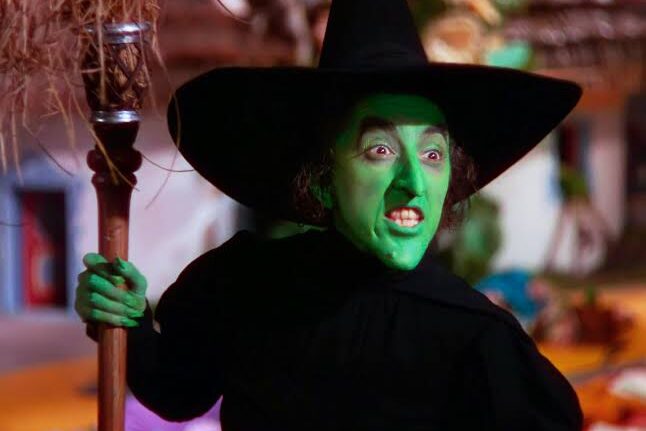
Margaret Hamilton’s famous green skin came from copper-based makeup that was extremely dangerous if ingested. Because of this, she couldn’t eat on set and had to survive on a liquid diet, sipping meals through a straw to avoid poisoning herself. Even with caution, the makeup caused her skin to burn and left her with constant irritation. Removing it required hours of scrubbing with chemicals, which only added to the damage. For Hamilton, the striking look of the Wicked Witch came with real physical pain, and the dangers of the makeup became one of the most notorious parts of the production.
15. The Cast Was Paid Miserably
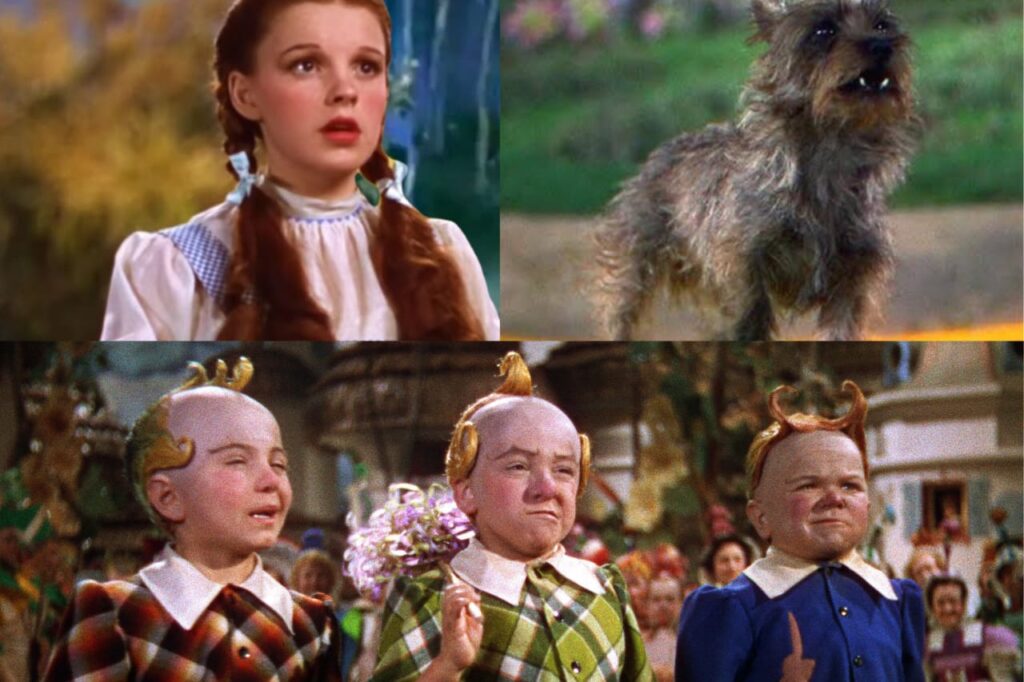
For all the suffering that went into making The Wizard of Oz, the cast was not fairly compensated. The Munchkin actors, who worked long hours in heavy costumes, earned just $50 a week, less than Toto the dog, who made $125 weekly. Judy Garland, the star of the film, was paid significantly less than her male co-stars, even as she endured grueling working conditions. For many of the performers, the dangers of the set, the toxic costumes, and the relentless schedules were not matched by financial reward. The stark pay gap highlights how even in a golden-age classic, Hollywood’s magic often came at the expense of those who brought it to life.
The Dark Side of a Classic
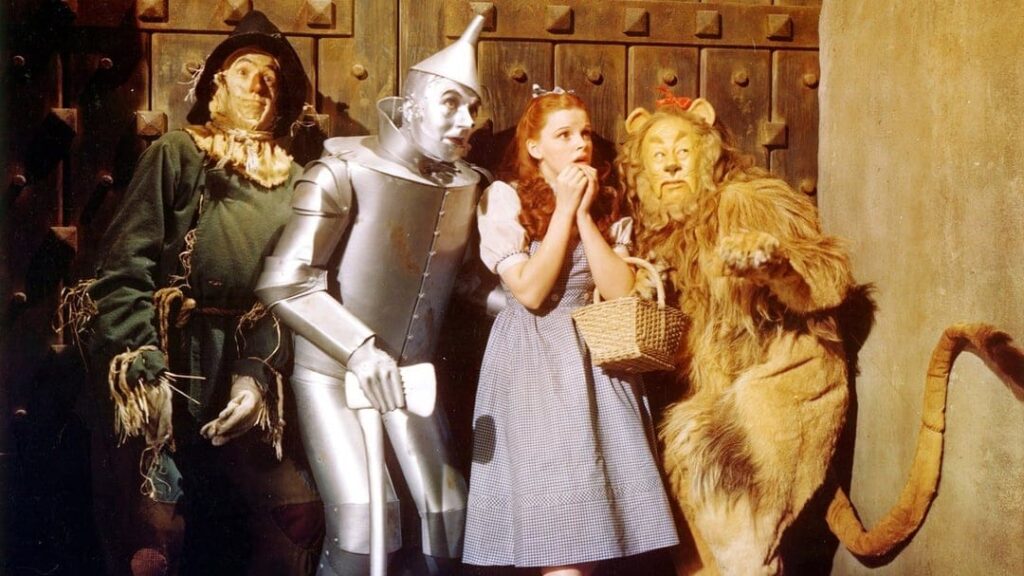
The Wizard of Oz is still celebrated as one of the greatest films of all time, but its behind-the-scenes history tells a different story. From toxic materials to dangerous stunts and mistreatment of actors, the production was filled with hardships that audiences never saw. The movie’s enduring magic came at a heavy cost for those involved, reminding us that sometimes, the beauty on screen hides a far darker truth.
This story 15 Dark Behind-the-Scenes Secrets of The Wizard of Oz was first published on Daily FETCH


